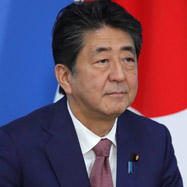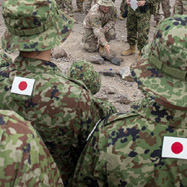Post-Abe Japan’s Ties with the United States
Despite change in leadership in Japan, the new Prime Minister Suga Yoshihide looks set to continue the policies of his predecessor, Abe Shinzo. Both domestic and external factors may affect policies.
- Abhijitha Singh
- November 24, 2020











